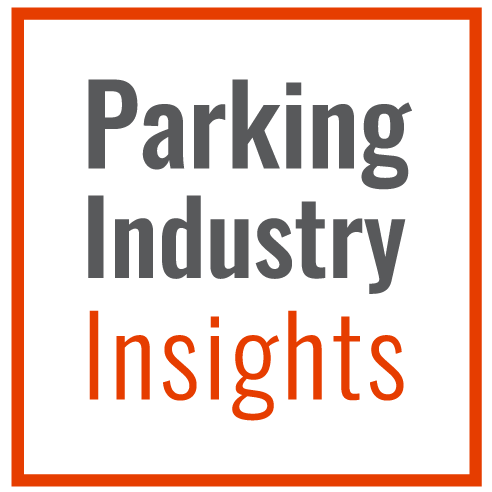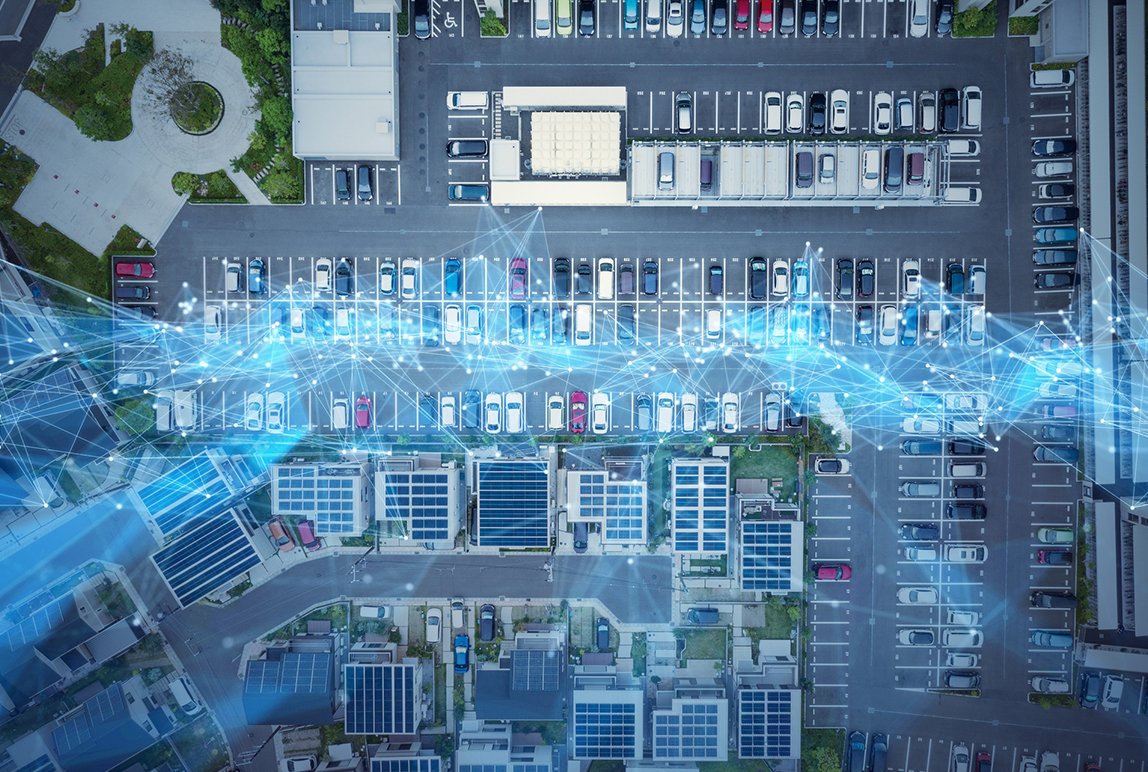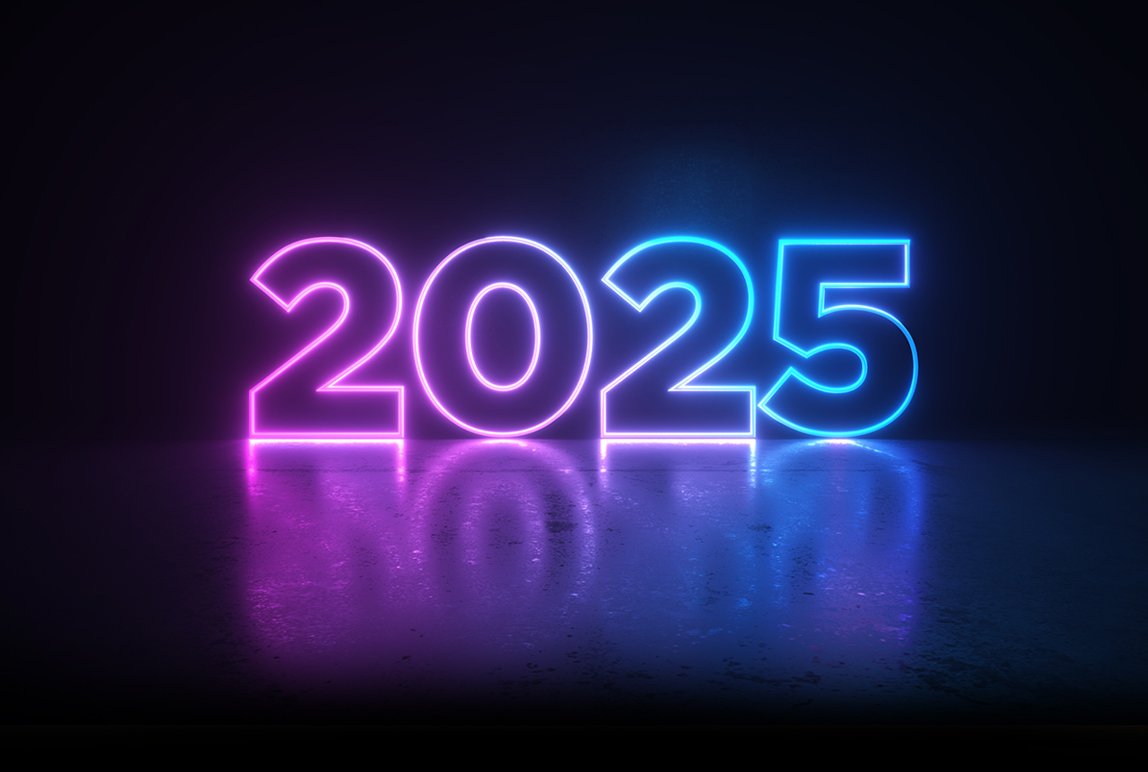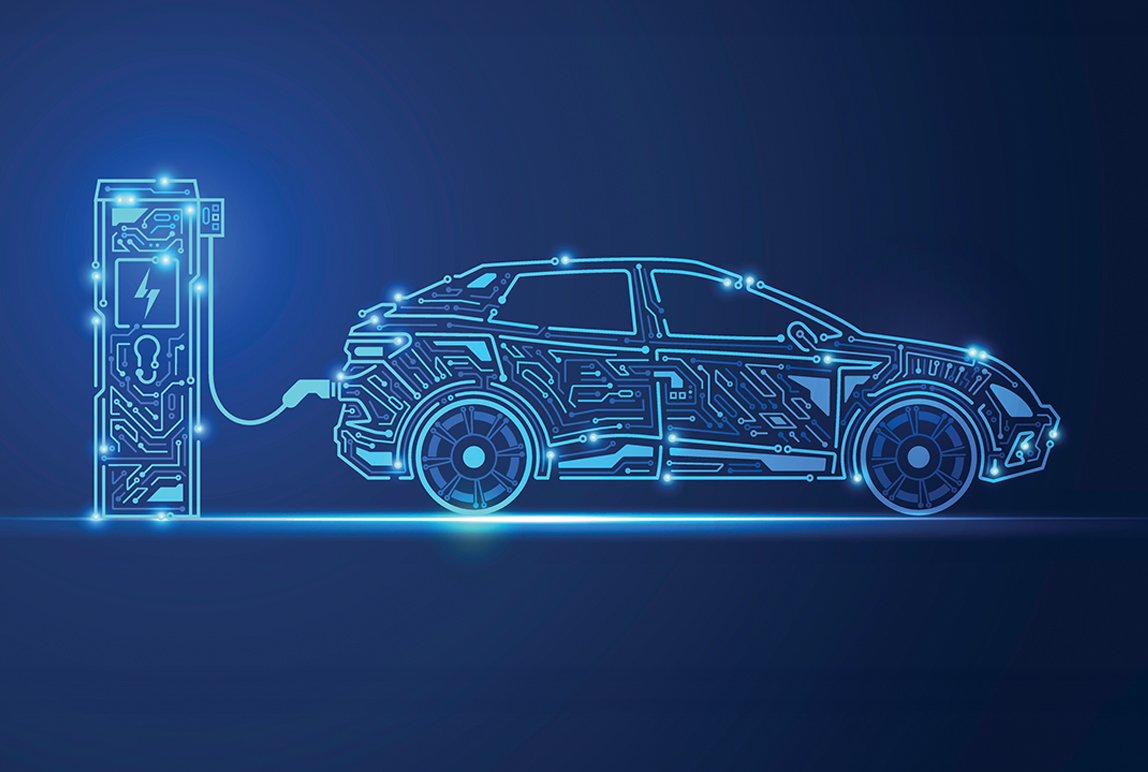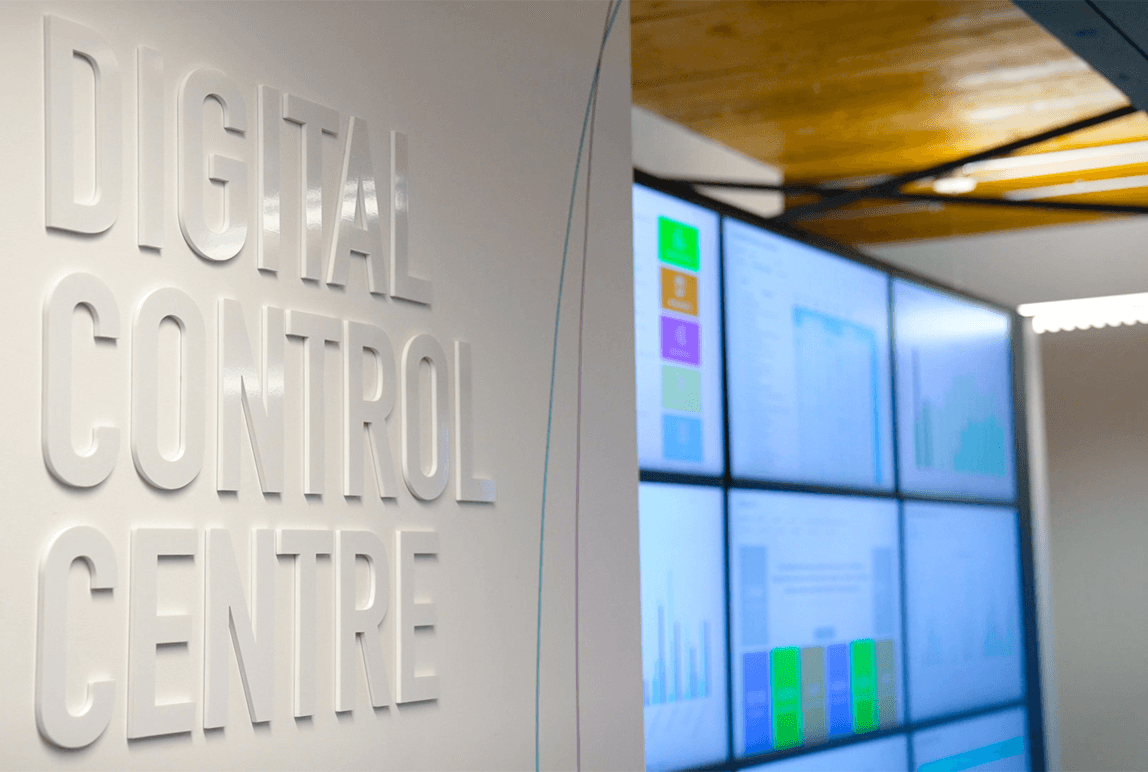Connected Mobility in the Campus Environment: An Expected Deliverable
Posted: July, 17, 2020 7:46AM ET • 5 min read
College campuses are now populated with digital natives. Today’s students grew up in a world of digital connectivity and have never known a world without the convenience (and pitfalls) of the digital world at their fingertips. Consequently, they are avid and savvy users of technology and have expectations to match their experiences. They see the physical and digital worlds as being naturally integrated, and for good reason, as they know it no other way. They may shop online but chose to pick-up their item in a brick-and-mortar store. They enroll for classes via a web portal but may attend both digitally and physically. They may use their phone or their student ID for access and payment at dining halls and campus housing, to attend sporting events, or campus concerts and festivals. Essentially, anything that they do in their on-campus lives, is tied to their digital lives as well.
So, when it comes to parking technology and mobility in a campus environment, the aim should be to achieve connected mobility, a seamless parking experience where students, as well and faculty, staff, alumni and visitors, can enjoy a parking experience that is convenient to the point of being frictionless, and that leverages the advantages digital connectivity provides.
The parking experience everywhere from urban settings to shopping plazas and suburban malls, to professional sports stadiums to concert venues and convention centers, has been revolutionized by technology. Advanced Parking Access and Revenue Control Systems (PARCS), parking guidance technology, License Plate Readers (LPRs), mobile payment, and parking pre-booking platforms (to name just a few) haven’t just improved the parking experience—they’ve enhanced mobility. These same technologies are being deployed at colleges and universities as well and to great effect and are improving the parking experience for users but also, equally importantly, improving the management capability and efficiency of administrators as well.
Connected Mobility
The whole point of mobility is to facilitate movement for users of all modes of transportation. In the U.S., most people get around in private vehicles, but many use public transit, bicycles, and TNCs. Parking technology plays an essential role by helping drivers quickly and efficiently find available parking and access that parking. When drivers aren’t circling campus roadways looking for elusive parking, there’s less congestion and curb space is cleared up for other uses, such as drop-offs and deliveries and more accessible pedestrian traffic. It is becoming an expectation, through adoption, that this technology is deployed and available for campus parking management.
Connected mobility revolves around combining different connected technologies into single technology suites that improve the parking experience and make parking more efficient. When technologies are effectively combined, drivers can conveniently enter garages without stopping to take a ticket, are directed to available parking by parking guidance systems, and are automatically charged through one of a number of different payment methods.
The foundation of any integrated parking suite is access and revenue control equipment. When we think of connected mobility, PARCS equipment is the nerve center of the integrated suite because it controls access and egress. All of the other elements of the suite are connected through it. Typically, when a driver enters a parking facility offering connected mobility, that driver’s credentials are recognized by the system and associated with a payment account.
The Advantage of Frictionless
Traditionally, ingress and egress have been controlled through gated access, but now, in some facilities, LPR equipment records the driver’s information and associates the vehicle with his or her credential without having to stop at a gate. In others, RFID technology recognizes parking permit tags, employee badges, drivers’ licenses or other identification cards, or even student ID cards, admitting authorized drivers to parking facilities or specially designated areas within a parking facility. BLE systems, on the other hand, recognize Bluetooth signals from cell phones and other Bluetooth enabled devices to identify parkers. Facilities can also utilize a combination of these technologies to provide maximum convenience.
The benefits of this frictionless approach on campus are terrific. When drivers can quickly and conveniently enter and exit facilities with a minimum of effort on their part, the parking experience is more pleasant. Plus in the campus environment, where class schedules naturally cause multiple high-volume times, this can reduce resulting congestion. This frictionless approach can also improve congestion management for special events such as football and basketball games, or concerts. Reducing entry and exit times and improving the overall flow of traffic within the campus environment.
But these same advantages present important management benefits as well. The same systems that oversee entry and egress from a garage also record user data and information about parking habits. This data can be used to better manage facilities, improve pricing strategies, and even develop loyalty and other related marketing programs. So, while parking owners and municipalities are improving the parking experience and promoting mobility and improved curb management by implementing connected mobility, they are also gaining a powerful tool for improving the management of those very same parking assets creating a positive feedback loop that results in the continued improvement and efficiency of the operation as a whole.
The Future is Connected
Connected mobility is the next logical step in promoting mobility on campus. Individually, the various parking technologies that have become ubiquitous over the past decade—PARCS, vehicle and driver recognition, automatic payment, parking guidance, and pre-booking—dramatically improve the parking experience. However, when combined into an integrated parking technology platform, they become a powerful tool for enhancing mobility and providing more control of the curb. Mobility is a key to transportation management and will continue to drive campus planning in the coming decades, and connected mobility will be a key to assuring the success of mobility and curb management strategies.
Share Article:
ABOUT THE AUTHOR
Chris McKenty
Vice President
SKIDATA is an international leader in the field of access solutions and their management. Almost 10,000 SKIDATA installations worldwide in ski resorts, stadiums, airports, shopping malls, cities, spa & wellness facilities, trade fairs and amusement parks provide secure and reliable access and entry control for people and vehicles. SKIDATA places great value in providing solutions that are intuitive, easy to use, and secure. The integrated concepts of SKIDATA solutions help clients optimize performance and maximize profits. SKIDATA Group (www.skidata.com) belongs to the publicly traded Swiss Kudelski Group (www.nagra.com), a leading provider of digital security solutions.
Questions?
Fill out the form below and we will do our best to connect you with a suitable contact.
